The Lower Rooms, our First Foray into features
Leading the class was Barry Hunt, an older gray-haired man with a quiet intensity about him that really resonated with me. After only a class or two it was obvious that there was a lot we could learn from him. And after completing a few of the class assignments, it was apparent that he felt similarly about us. Tyler and I were already showcasing our innate ability to tell a story with a camera and Barry approached us about an idea for a feature film that he had been kicking around for the last decade or two.
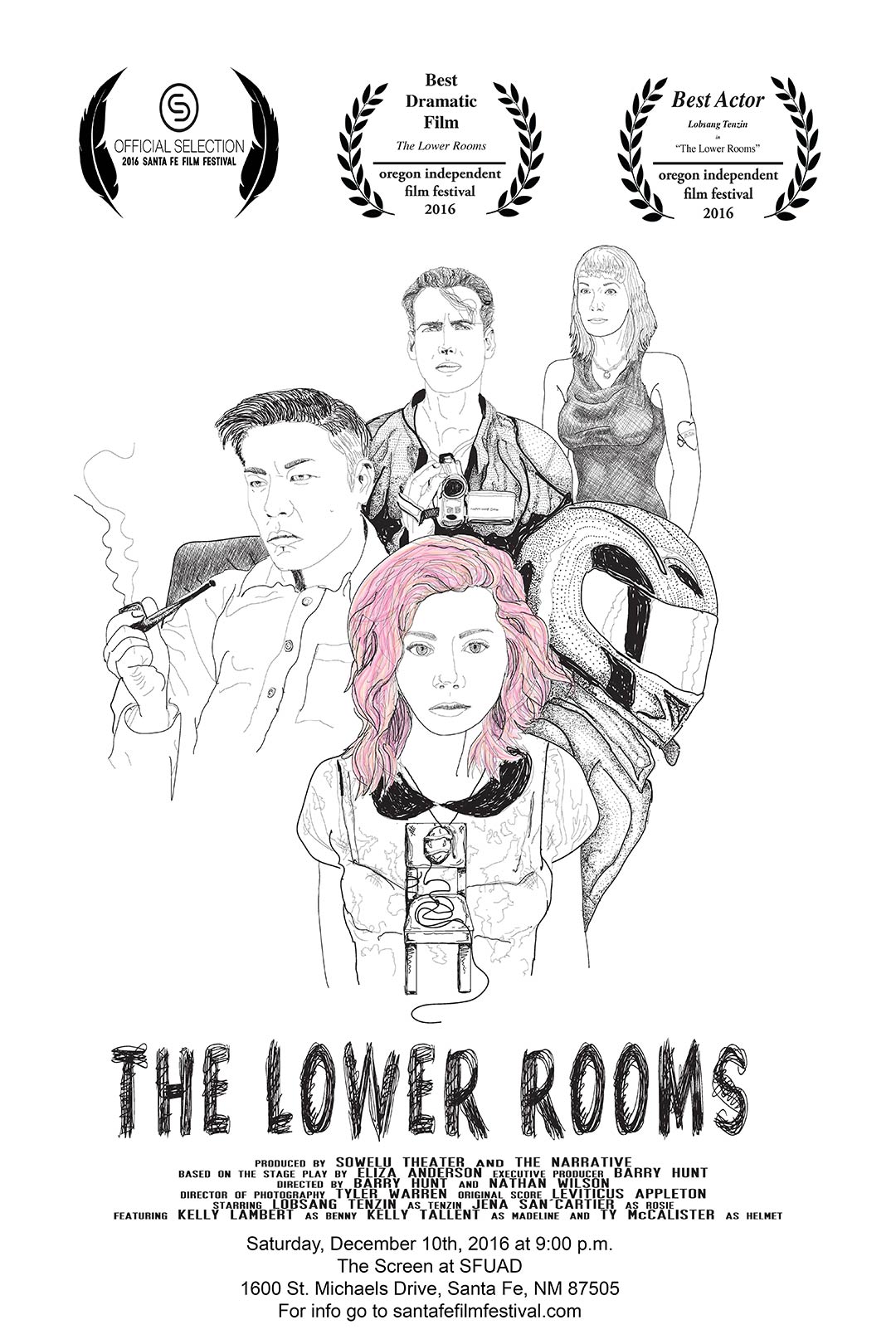
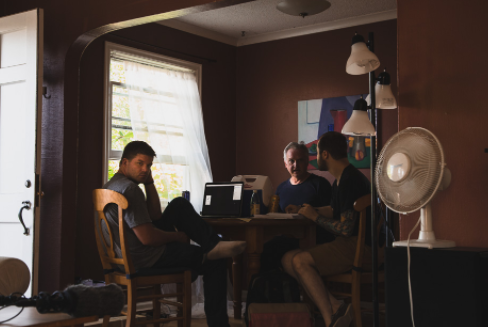

As Barry described the plot of the Lower Rooms to us, it seemed like the story had the potential to have that kind of impact. A political refugee and torture survivor, a single mom trying desperately to connect with her teenage daughter, the homeless boyfriend , the dangerous stranger with no name, the cult. Even though it mostly took place in one location and a lot of the action happened off screen, the characters were there. They were full realized and just jumped off the page at you. It was easy to picture the interactions and how they could play out on film. And it was difficult subject matter, which only intrigued me more.

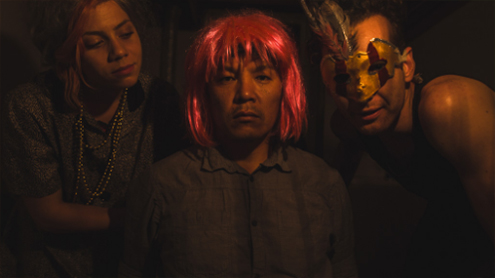
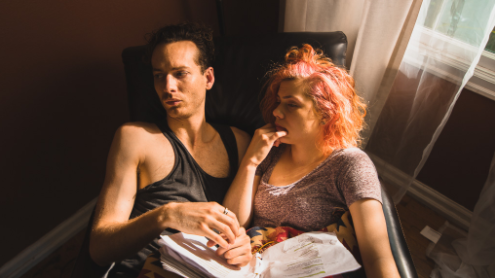
So of course we said we would love to do the film with him. Paraphrasing Sidney Lumet, “if you have the chance to make your first feature, just say yes”. We were naive and inexperienced enough to not know what we were saying yes to, but with four years of perspective on it now I can say that even through the myriad challenges, failures, and successes, we were incredibly privileged to have had the opportunity.
We learned quickly where our blind spots were. Tyler and I knew how to make pretty pictures, but could we put a film together with virtually no resources? The three of us set out to put the pieces together. Fortunately, Barry had been through the process once before with his feature debut, The Further Adventures of Anse and Bhule in No Man’s Land. He knew which of those pieces were absolutely critical and which could be cut on an ultra low-budget project. His non-profit theater company, Sowelu Dramatic, could be tapped for donations and other resources, not to mention a great source of talent for the on screen roles that would need to be filled. And the video department at PCC was fully behind us as wel
As Barry described the plot of the Lower Rooms to us, it seemed like the story had the potential to have that kind of impact. A political refugee and torture survivor, a single mom trying desperately to connect with her teenage daughter, the homeless boyfriend , the dangerous stranger with no name, the cult. Even though it mostly took place in one location and a lot of the action happened off screen, the characters were there. They were full realized and just jumped off the page at you. It was easy to picture the interactions and how they could play out on film. And it was difficult subject matter, which only intrigued me more.
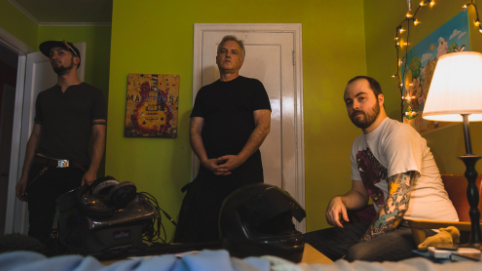

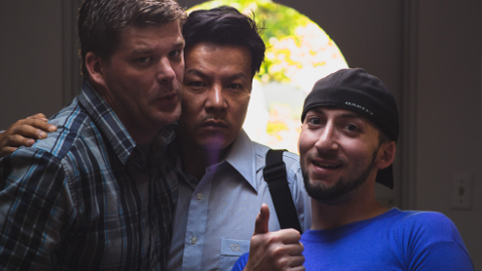
We filled most of the crew positions with fellow students from PCC, and friends of those fellow students. We sourced our meager lighting package from PCC as well. It consisted of an old beat up Arri tungsten kit, a couple of LEDs, and whatever specialty lights that our gaffer, Gabe Twigg, could scrounge up that day. Our camera package was what Tyler and I had been able to accumulate over the previous year or two: a Canon 5d Mk II, a random assortment of still lenses, a DIY dolly… and that was pretty much it. We did manage to pick up one of the first generation gimbals about halfway through production which was a great tool, when it was working.
Barry handled finding the talent. One of the main reasons he pushed to shoot the film immediately was because of his discovery of the one and only Tenzin Meindrukbuk. A singular talent, it was obvious that he would quickly be moving on to bigger and better things and Barry wanted to capitalize on our opportunity with him. The only real rewrites of the original play centered around adapting the main character (who was originally written as a refugee from Latin America) to accommodate Tenzin’s background. J’ena was from the Portland Actors Conservatory where Barry had also taught, and virtually everyone else came through Sowelu.
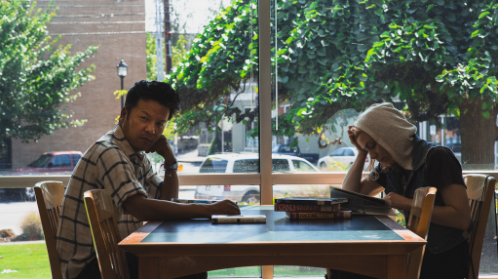
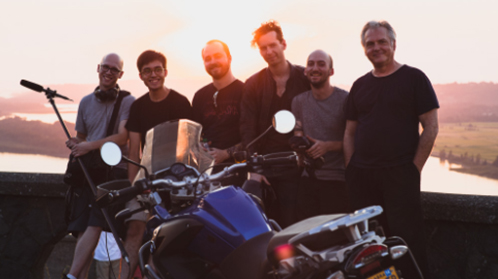
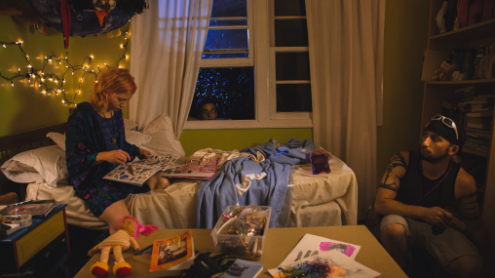
We shot for four weeks straight, and had about a week altogether of pickups that we shot throughout that summer. It was the first feature for nearly everyone on set, and none of us were prepared for how gruelling of a feat that is to pull off. Our inexperience lead to miscommunication, interpersonal conflict, frustration, unnecessarily long days… but it never devolved into chaos. We were all so happy to be actually making a feature that we could take a moment, step back a little, and refocus on what mattered, which was finishing a film that we’d all put everything that we had into and truly believed in.
After the trial by fire of production it was up to me to put it all together into a watchable film. I’d never attempted to edit a project of this scope, and it was completely overwhelming at first. When I began editing I didn’t know what any of the other post process workflows would be like, we didn’t really know who would be doing the sound, or color, or deliveries. There was a lot for me to learn and there were a lot of mistakes made, but we got through it. After about nine months we had our first cut of the film.
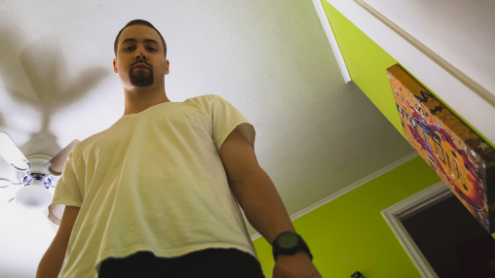
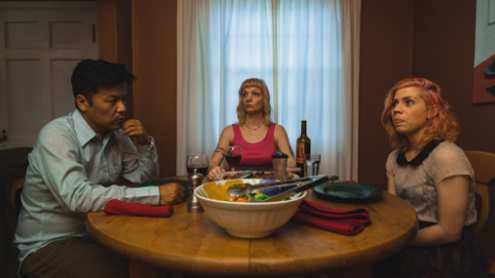
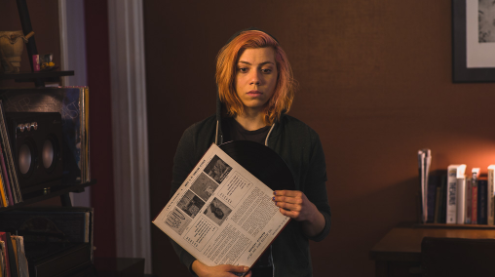
Don, one of the instructors in the Sound department at PCC agreed to help and he put four of his best students on it. Sound was a nightmare. The house that we shot in was old and creaky, we didn’t have the right mixer to be able to record more than two people individually, and we didn’t want to do extensive ADR, so 98% of what you hear in the film is sync sound. This made our sound editors’ lives very difficult. It was also the first time any of us had produced a surround sound mix which introduced a whole host of problems on its own. It took us about a year to get the sound into a place where everyone felt there just wasn’t any more that could be done. And we are incredibly grateful to that team for what they were able to pull off, they really were miracle workers.
In the winter of 2016, after nearly three years of continuous work by a small army of what were essentially students and teachers, the Lower Rooms premiered at the Oregon Independent Film Festival to a packed house. I barely remember the night, but I do recall the surreal sensation of having actually realized a dream that I’d had for half my life at that point. Whether the film was received well or not, it didn’t really matter to me in that moment, what mattered is that we had finished this monumental thing. We had proven to ourselves that we could do it, and all of those nagging thoughts of not being good enough were just stripped away.
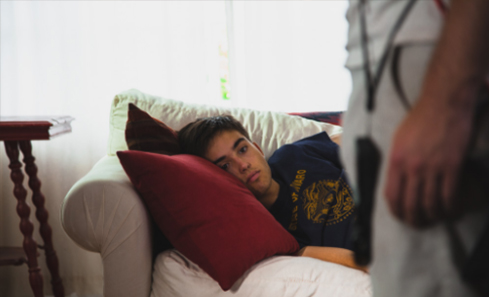
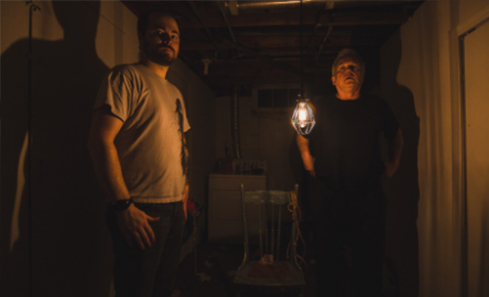
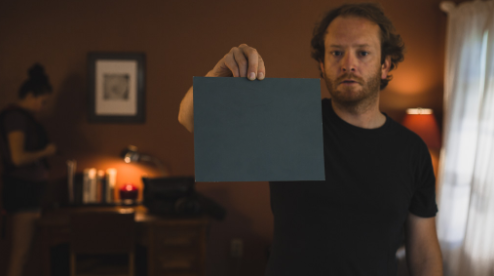
It ended up winning a couple of awards. Best Actor for Tenzin, and Best Film in the Drama category. It has shown at other festivals since then, but that was a very special experience. Four years on now, the film is still finding new life. We have decided to self distribute, and there has been a renewed interest from critics and distributors. We are still attempting to find the film’s core audience, and we believe there is one out there for it. As with all other phases of this project, we are experimenting, and I’m looking forward to sharing more of that process with you as it develops.
For now though, we are happy with what has come of our efforts. For an ultra-micro-budget film made by a bunch of kids and a couple crazy old men, the odds often seemed unbeatable, but it’s that blind courage to just say yes and take the leap that I will hope to channel on every big project going forward. As we become more experienced, it’s so much easier to outline the million different ways that a given project won’t work, but it’s that unapologetic naivete of the young artist that I will forever be chasing to give me the courage to just say screw it, let’s go for it!
Awards:
OIFF – Best Actor (Tenzin), Best Picture (Drama)
Press:
(Review) https://411mania.com/movies/the-lower-rooms-review/
(Interview) https://411mania.com/movies/411-talks-with-director-barry-hunt-about-his-new-movie-the-lower-rooms/
(Review) http://themovieelite.com/movie/the-lower-rooms-2015-review/
(Portland Film Beat, Interview) https://www.youtube.com/watch?v=A1BCQ5f5VDI
